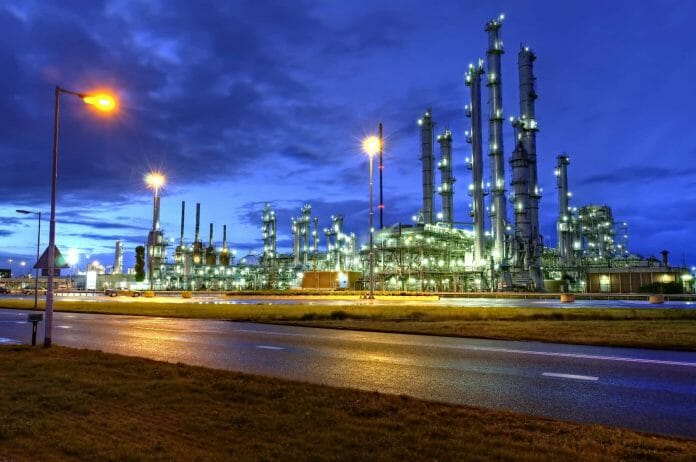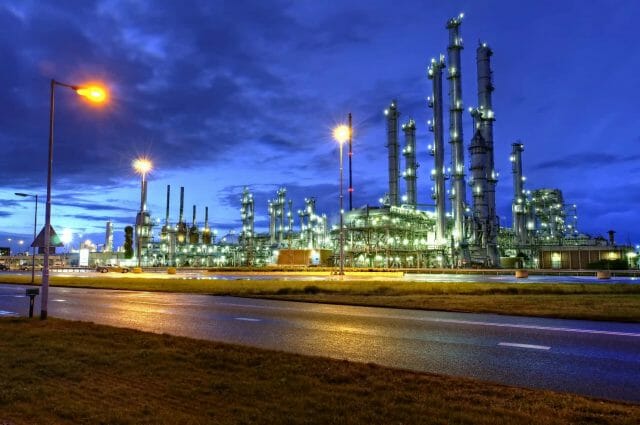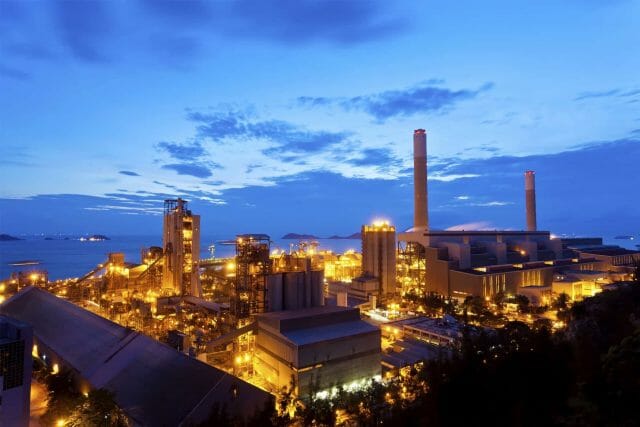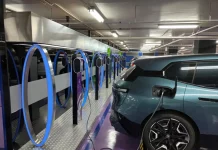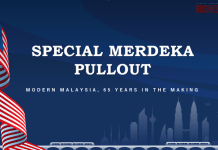Ride the next wave in commodity chemicals
By Pramodkumar Lakhmapure
Area Sales Manager, Southeast Asia, AspenTech

Currently, many emerging commodity chemicals markets, such as China, are experiencing growing pains. Accustomed to easy double digit capacity and demand growth in a market worth trillions of dollars, industry players are realising that the heady days of the past are now gone, at least for the immediate future.
Business headwinds include slowing demand growth at a time when many new plants are still being commissioned, leading to lower utilisation and increased competition. Emerging market producers also face a looming wave of new, cost advantaged capacity in North America that is well poised to disrupt the global commodity chemicals marketplace.
However, it is not all gloom and doom, as Asia Pacific is home to a burgeoning middle class population with increasing consumer needs. Demand will inevitably return for commodity chemicals, as they are essential to the economic development of both consumer and industrial sectors.
Until then, commodity chemical producers need to shift their focus from growth to improving cost competitiveness. They need to lower operating costs and improve manufacturing performance without relying on capital investment. Manufacturing cost competitiveness will be the new strategic imperative that separates market leaders from laggards and determines survival.
Thus, it is critical to address feedstock and energy costs, which represent 60%-80% of the cost structure for commodity chemical producers, in order to improve reliability and safety. To help producers master manufacturing cost competitiveness, we have encapsulated the necessary steps in the following five-prong strategy.
First, process safety is paramount.
Unsafe operations of chemicals facilities can lead to immeasurably high costs, such as the loss of life, environmental damage, regulatory fines and criminal penalties. Producers must relentlessly lower operational risk by increasing process safety.
A foundational safety best practice, Overpressure Protection System Integrity, ensures that the critical pressure relief system is adequately sized to safeguard the plant, especially when the plant throughput increases or operational modes evolve over time. Depressurization Hazard Identification is a best practice for identifying areas, where depressurization can produce critically low temperatures that threaten plant integrity.
Safe Operating Window Management is a best practice for defining and actively monitoring the full range of safe operating parameters for an entire plant. Companies, including Dow Chemical, have applied safety-related engineering and manufacturing solutions from AspenTech to reduce operational risk through deeper hazard understanding, design enhancements and operational improvements.
Second, effective planning is crucial.
The selection of feedstock impacts cost structure more than any other factor. Feedstock Optimisation is a best practice in screening a multitude of potential scenarios for feedstock selection, product mix, conversion, energy consumption and utilisation to determine the highest margin operation.
Integrated Refinery/Petrochemical Optimisation extends feedstock optimisation to include refinery crude selection and refinery operating parameters that impact costs for co-located petrochemicals plants. Companies, including LyondellBasell, Hanwha Total and Borealis, have applied advanced planning solutions from AspenTech to optimise their facilities and operate closer to constraints, regardless of market conditions.
Third, measure to control.
Cost control requires timely, effective measurement of the detailed cost drivers in a plant. Automated Key Performance Indicator (KPI) Calculation is a best practice in creating KPIs with real-time operational data to measure cost structure drivers on a continuous basis. Real-Time Quality Monitoring is a related best practice, where product quality-related KPIs are calculated and displayed continuously.
Performance Dashboarding is a best practice for displaying all cost-related KPIs versus targets in a single, visible dashboard. Companies, including BASF, SABIC and Cabot, have applied manufacturing execution systems from AspenTech to reduce energy consumption, improve product quality and increase asset utilisation.
Fourth, understand and improve.
Deep understanding of a plant’s process, including its performance, capability and limitations, is essential for improving cost structure. The application of process simulation models is fundamental to that mission. Establishing a Model Library is a best practice in developing process simulation models of key systems in the plant to improve cause and effect understanding.
Model-Enhanced Troubleshooting builds on a model library, applying process simulation models to help diagnose production problems and determine operational adjustments to mitigate them. Process Improvement Identification applies process simulation models to determine minor design modifications to enhance cost structure.
Production Optimisation applies process simulation models across larger sections of a facility to balance cost driver trade-offs within and between different process systems. Companies, including Dow Chemical, BP Chemical and LG Chem, have applied engineering solutions from AspenTech to improve cost structure via both operational changes and low investment design changes.
Fifth, expect the unexpected.
Unplanned downtime can significantly increase operating costs, destroying gains made in other areas. To make sustainable improvements to cost structure requires relentless focus on increasing plant reliability. Equipment Performance Monitoring is a best practice for monitoring equipment that is subjected to process fouling, such as heat exchangers.
Reliability and Availability Modeling is a best practice for evaluating the future effectiveness of an entire plant, based on the reliability and availability of its individual elements. Predictive and Prescriptive Analytics form the basis of a best practice to predict impending equipment failures and advise on corrective actions to avoid or mitigate forecast failures. Companies, including INEOs, have applied reliability-related engineering, manufacturing and asset management solutions from AspenTech to improve cost structure via increased plant reliability.
Master the bottom line.
Leading chemical producers have reduced operating costs by 5 to 10% through the application of industry best practices for safety, reliability, production planning, operations management and process improvement. Most of the best practices discussed can be implemented with relatively little investment and deployed in modular format or part of a holistic improvement program.
They can also be applied to the full spectrum of chemical facilities, including older plants, newly commissioned ones and those in-between. With the current industry challenges, manufacturing cost competitiveness will be a priority for emerging market producers for the next few years and have a material impact on their market share, capacity utilisation and financial performance. Mastering cost competitiveness via technology-enabled best practices is not only a powerful lever for business improvement. It also determines which producers are best positioned to ride the next wave of growth in commodity chemicals.


